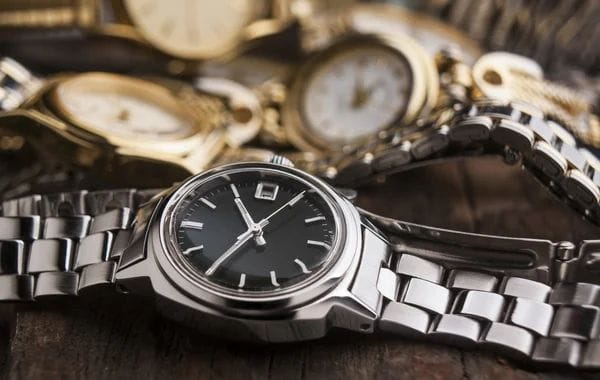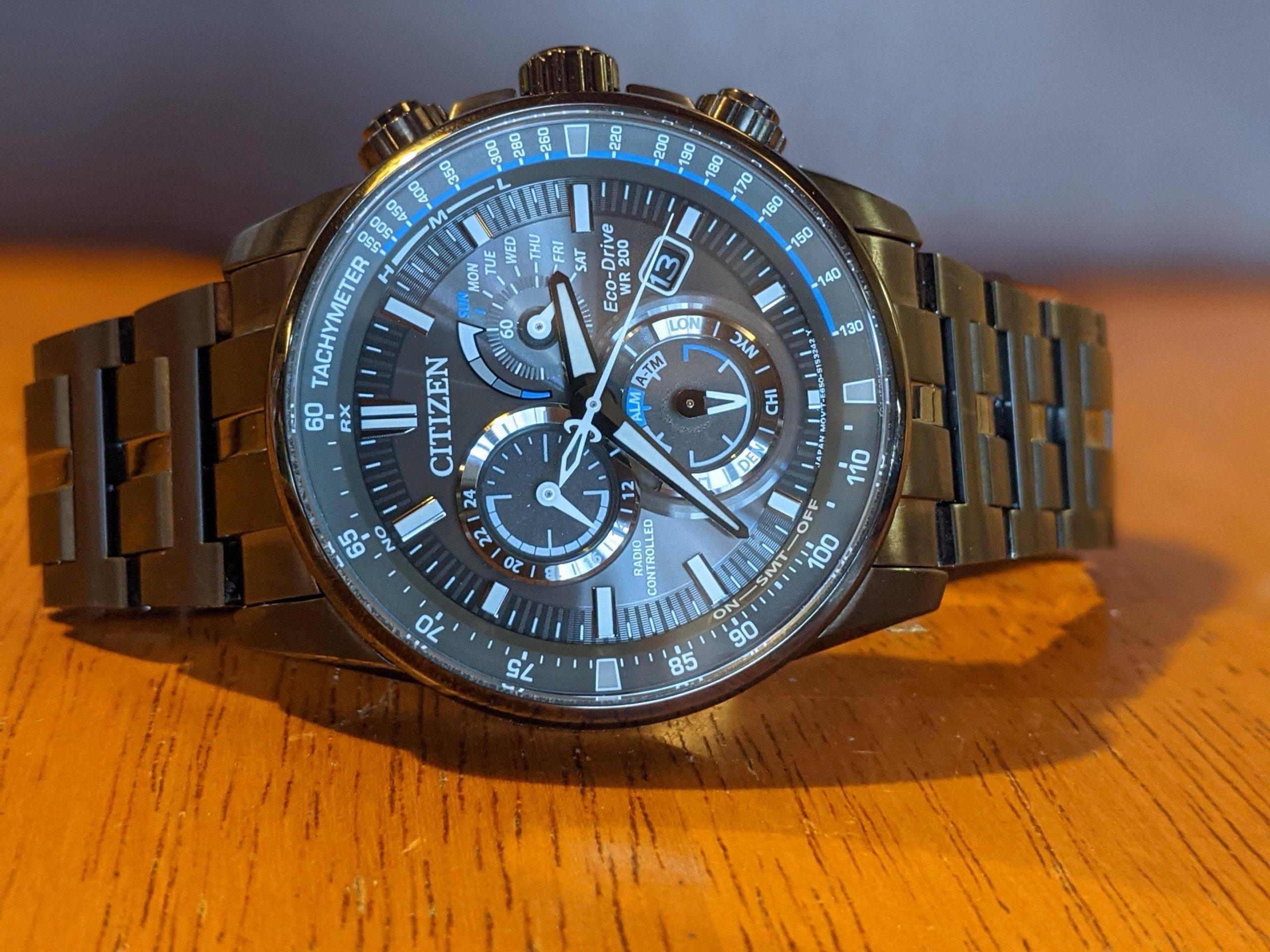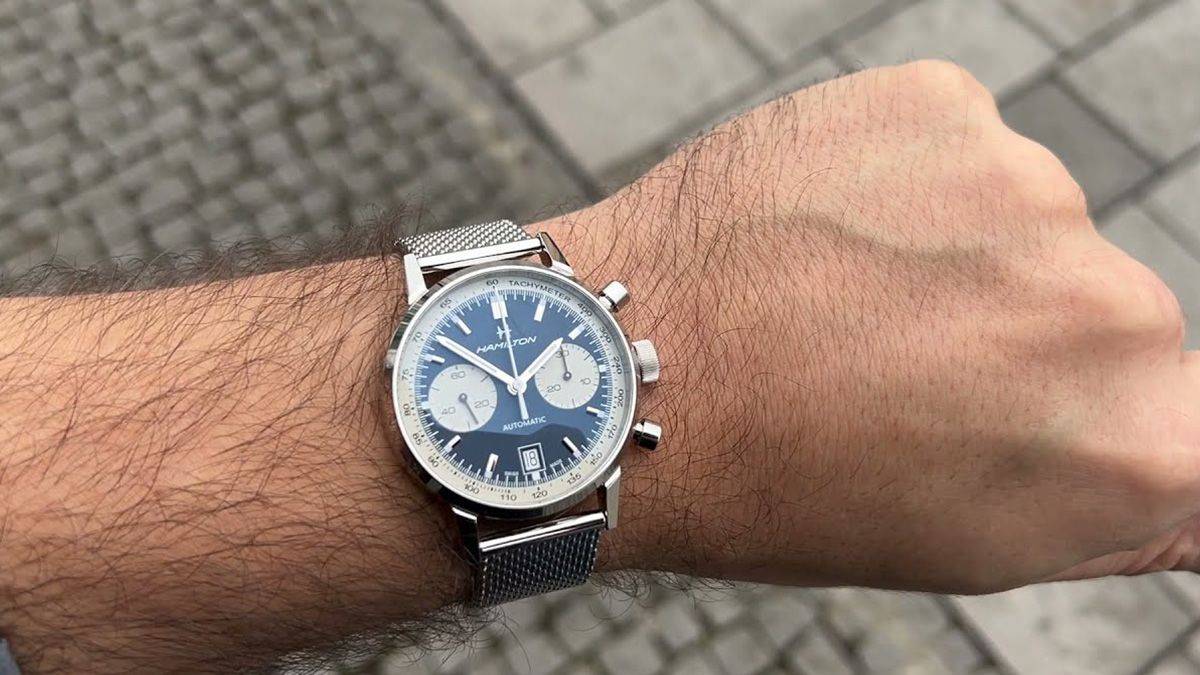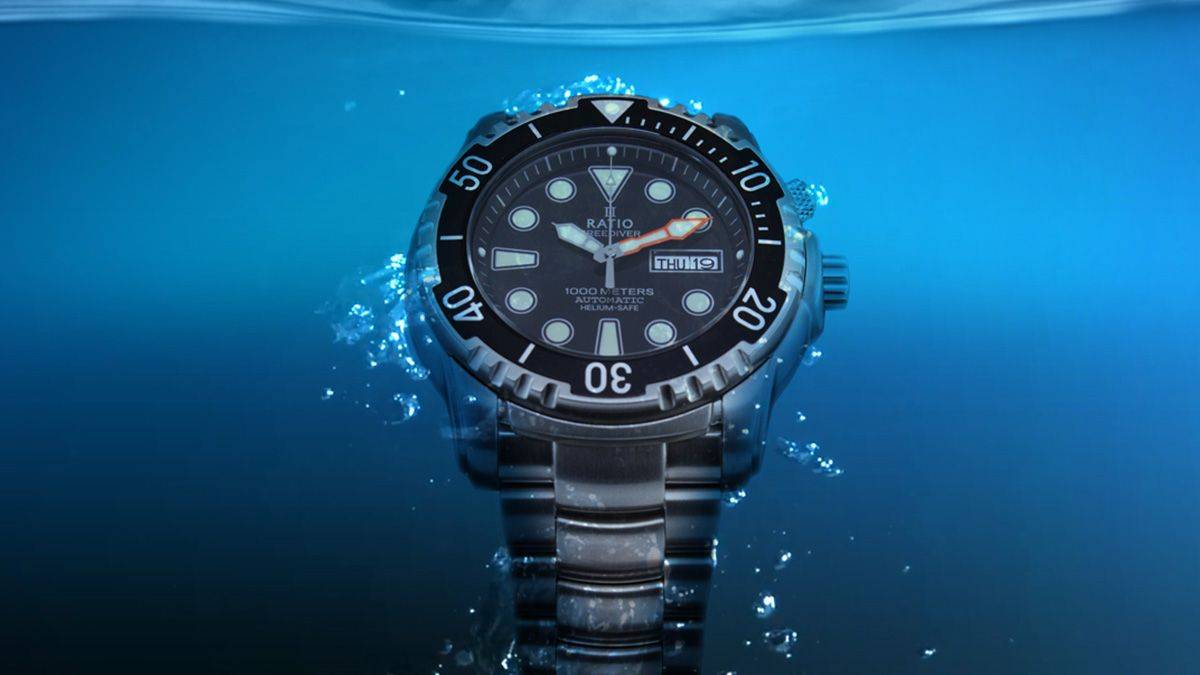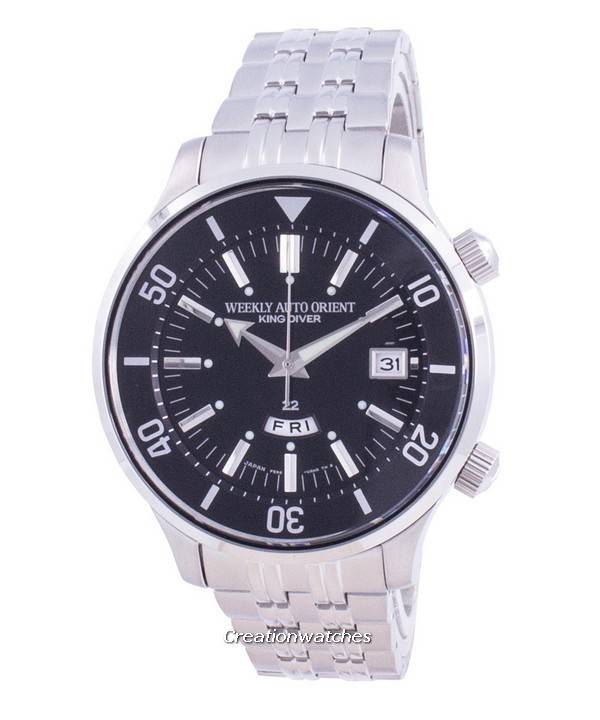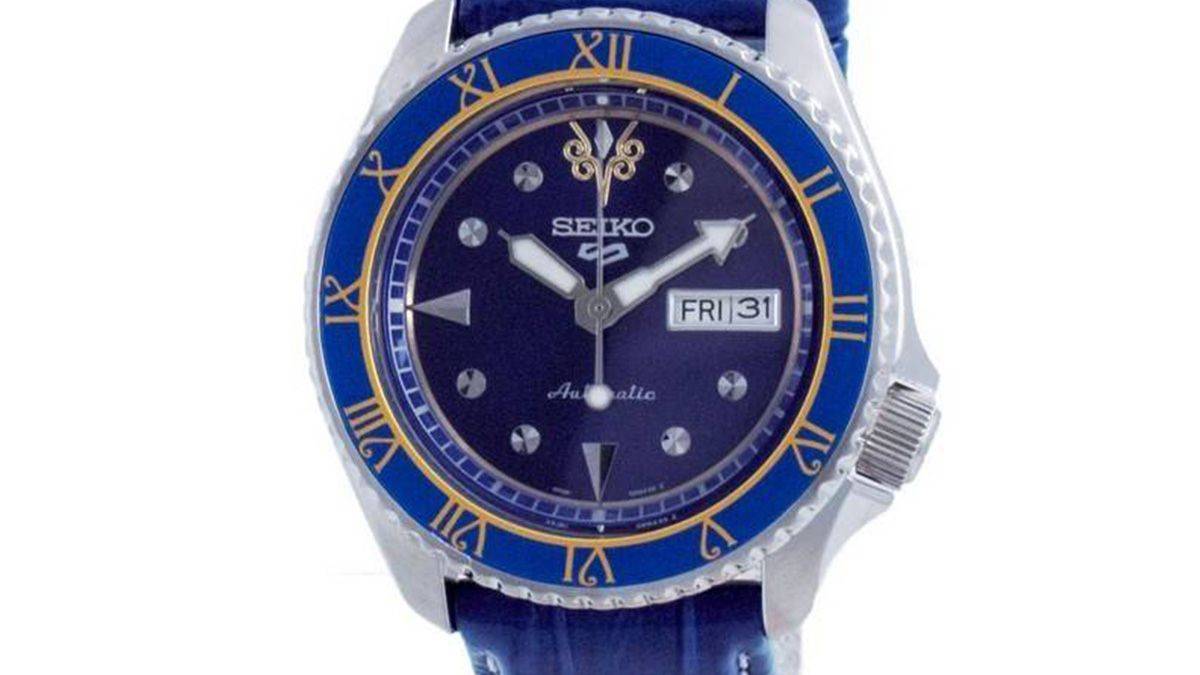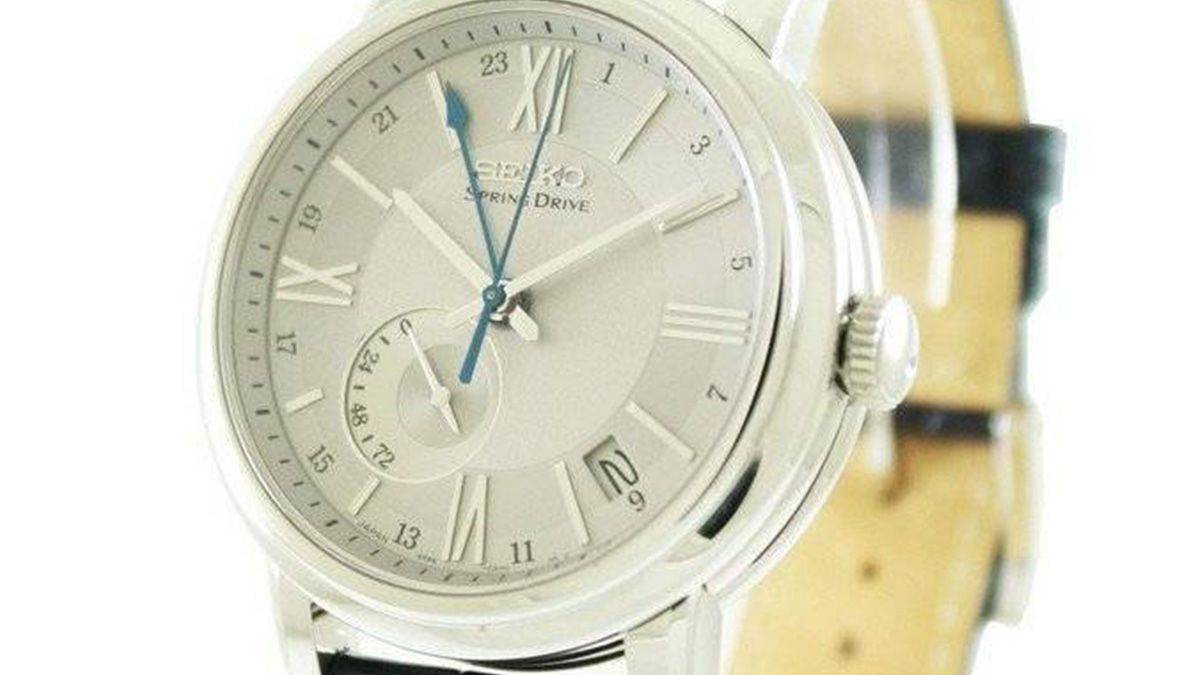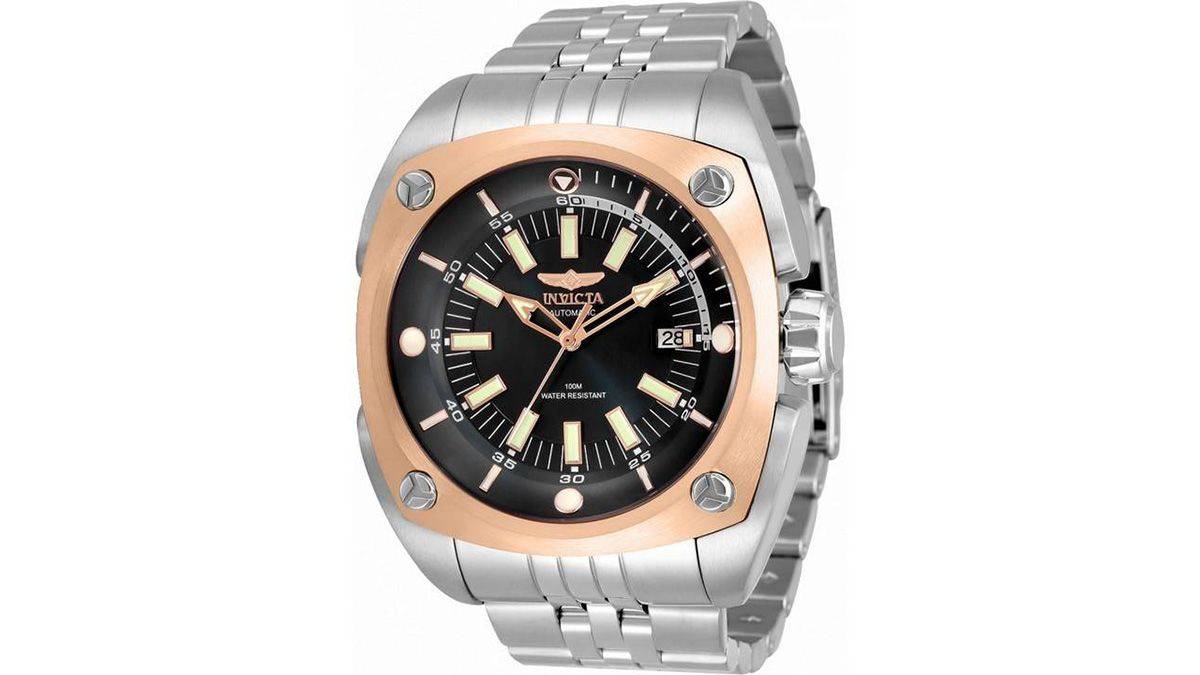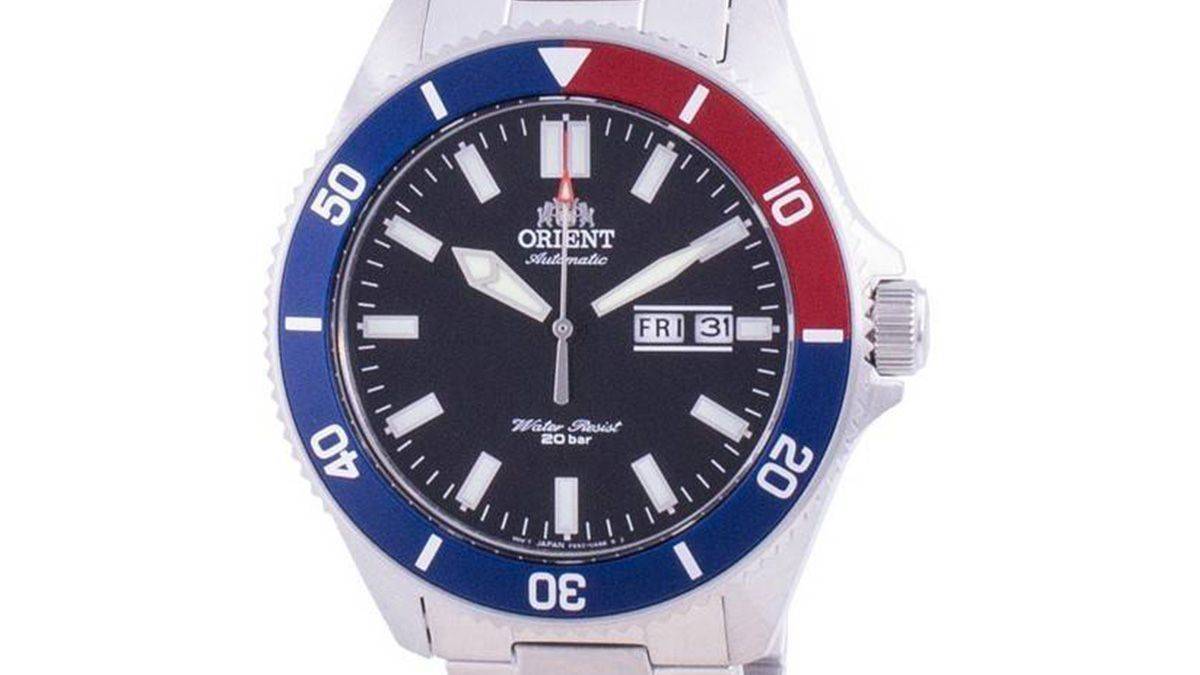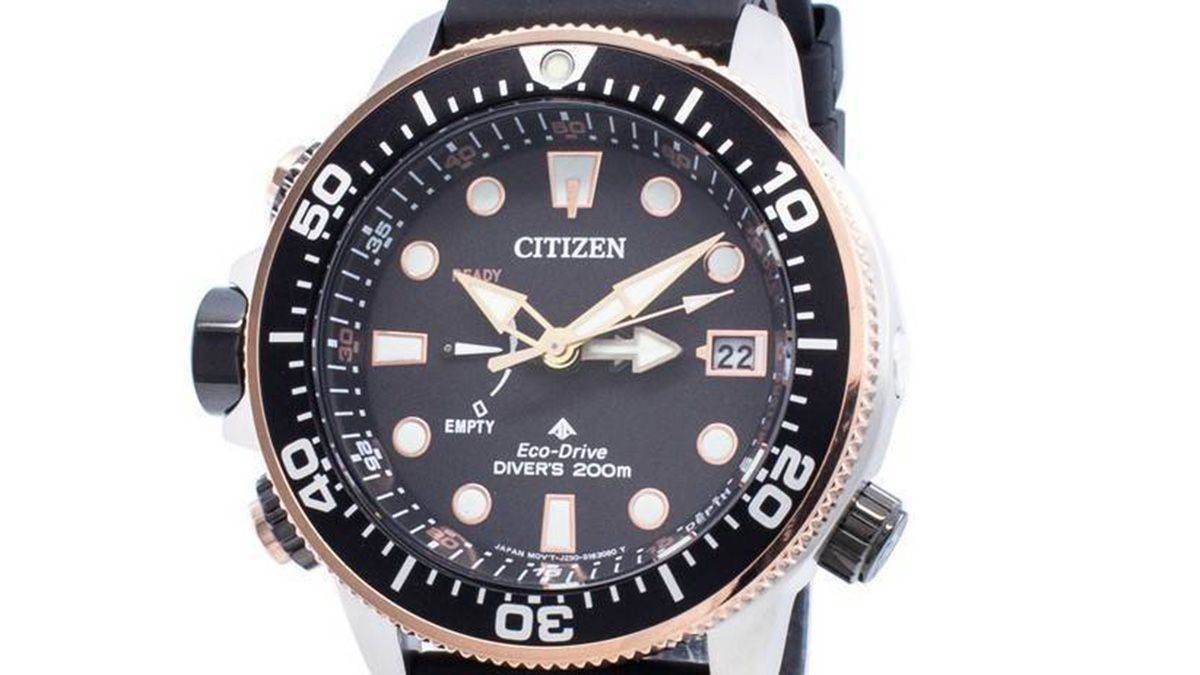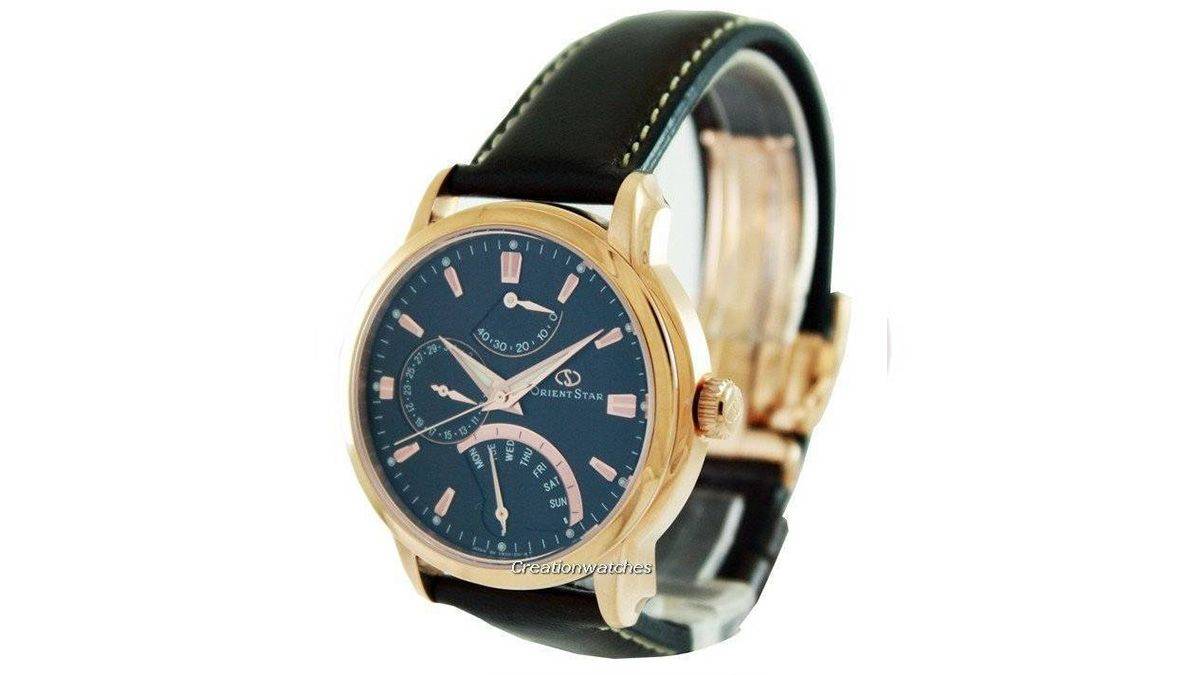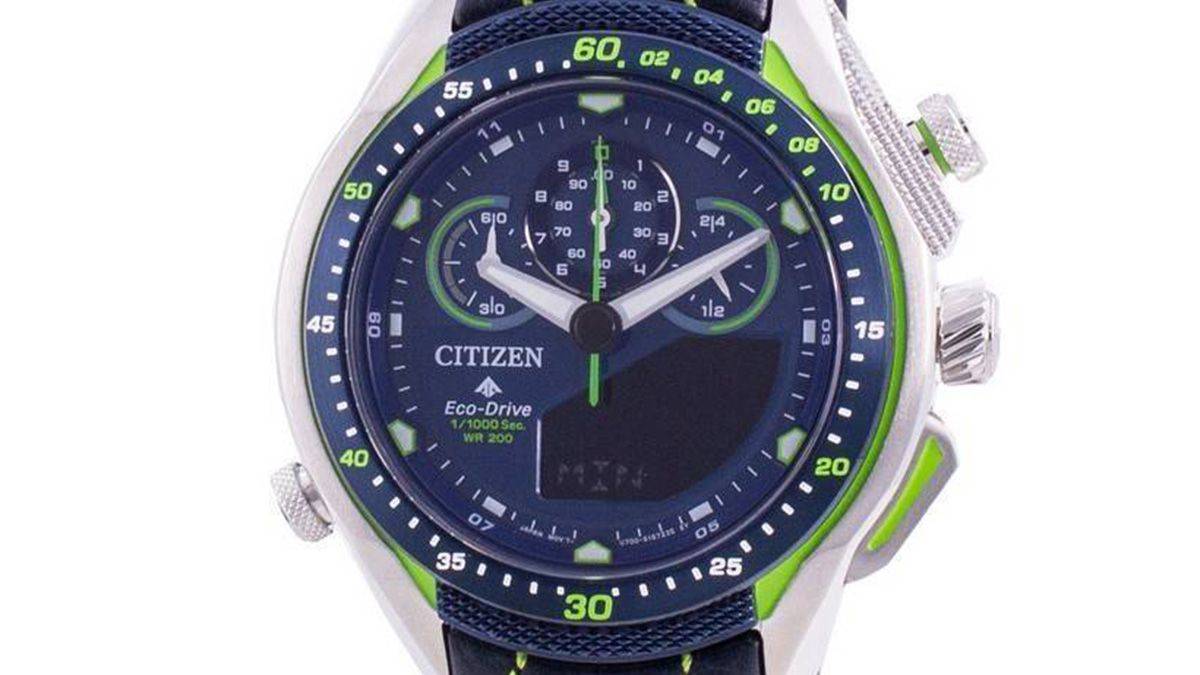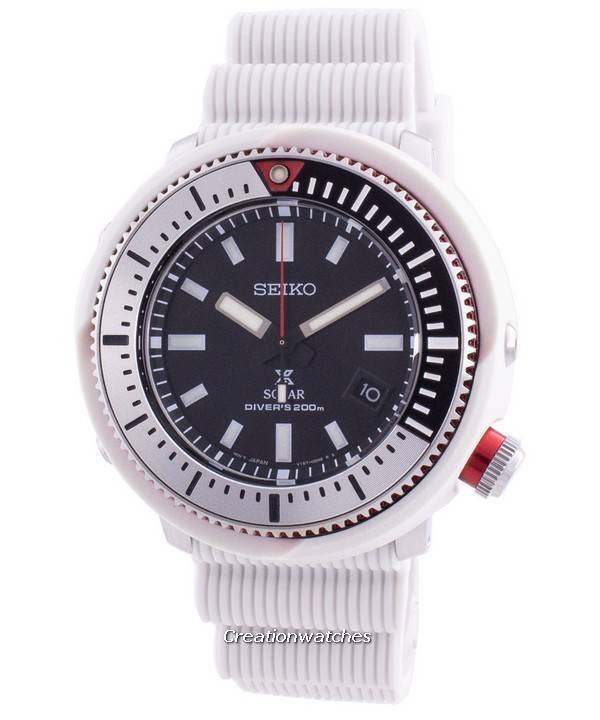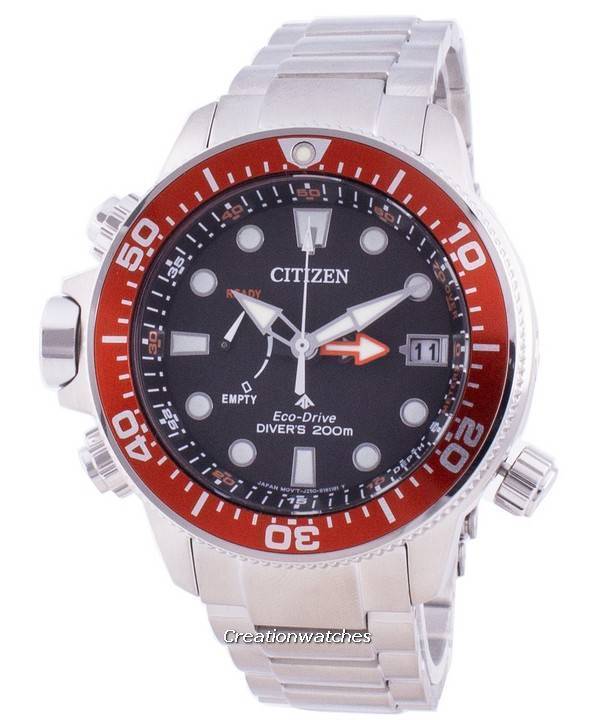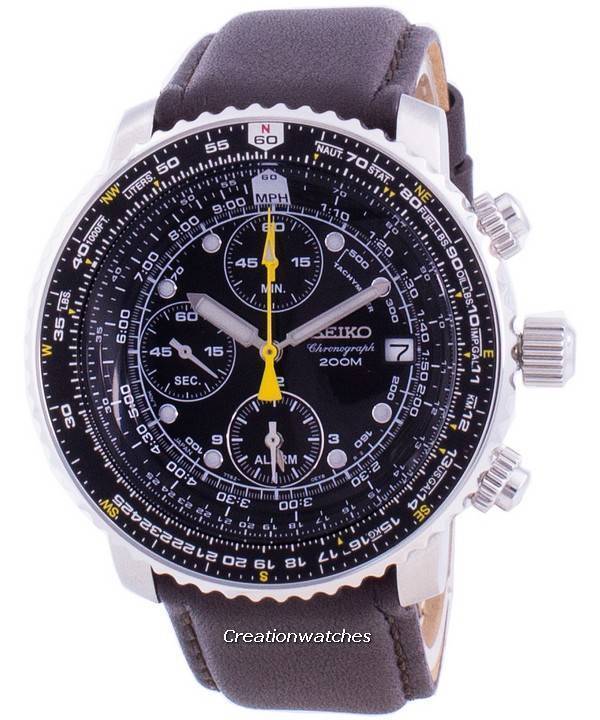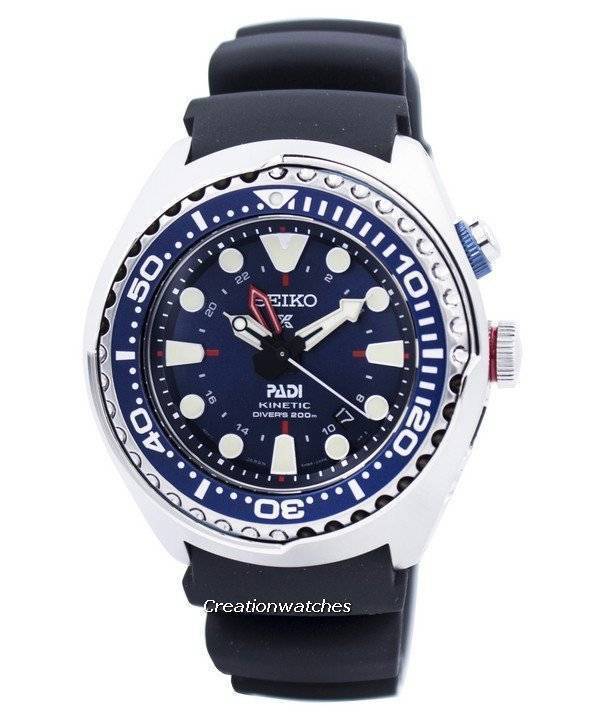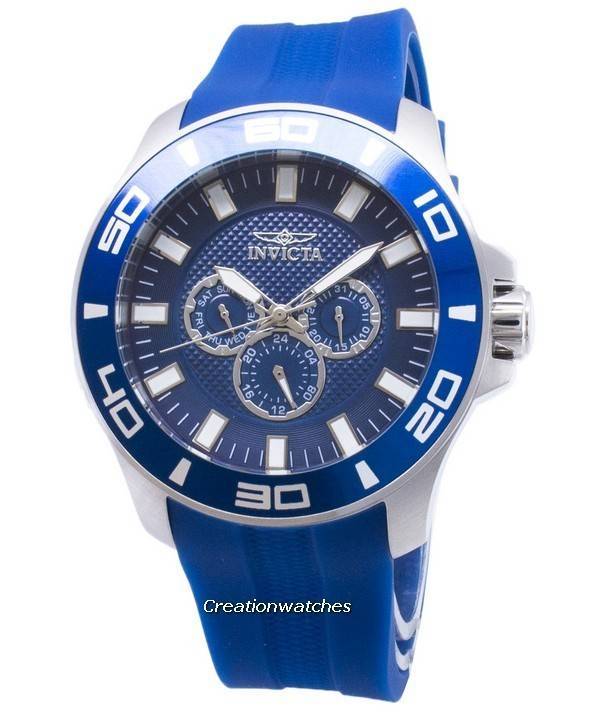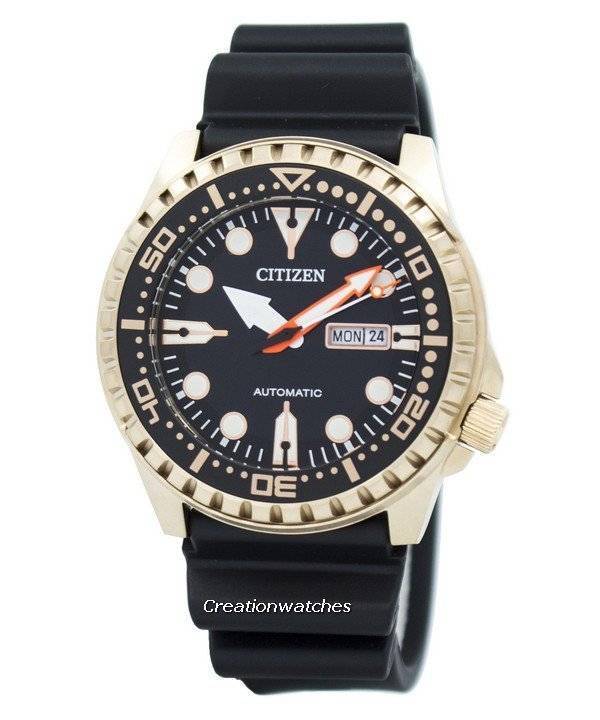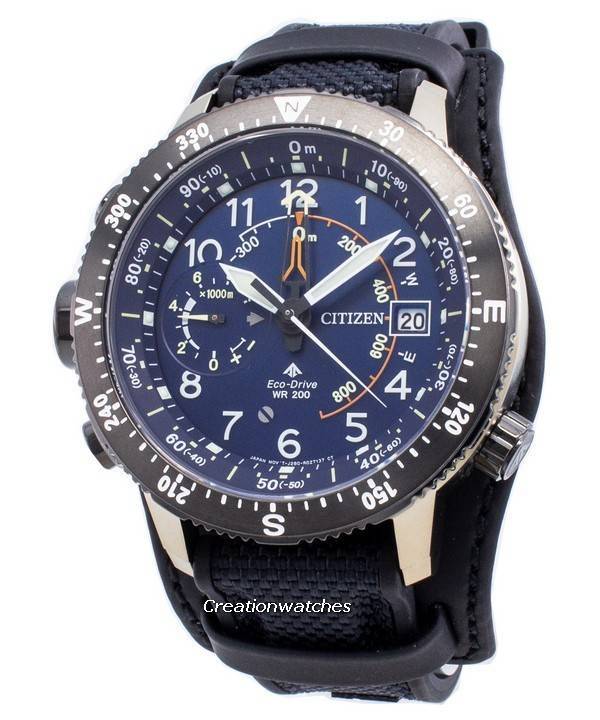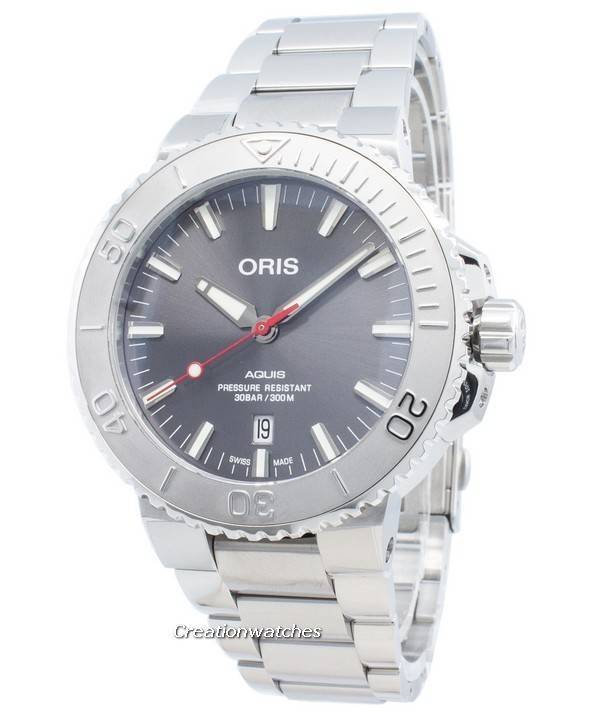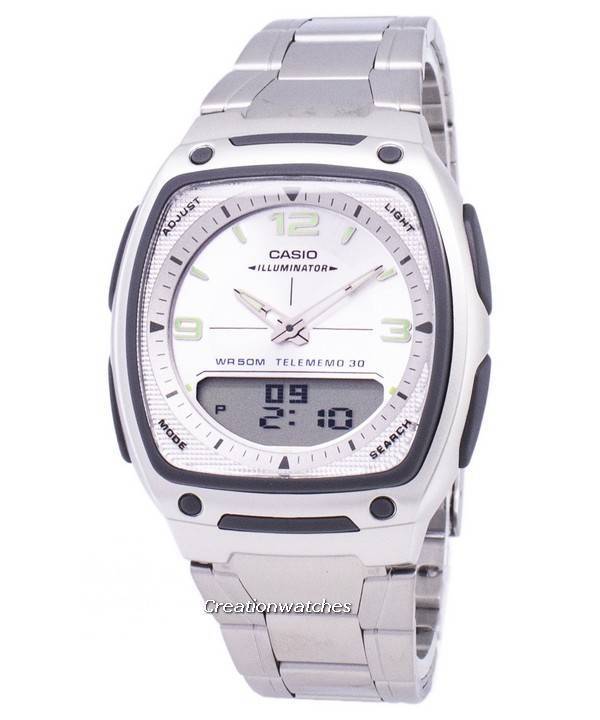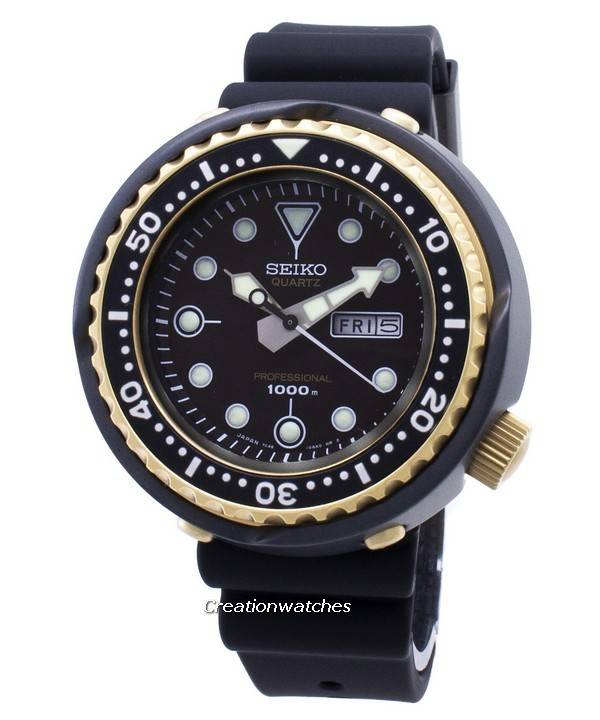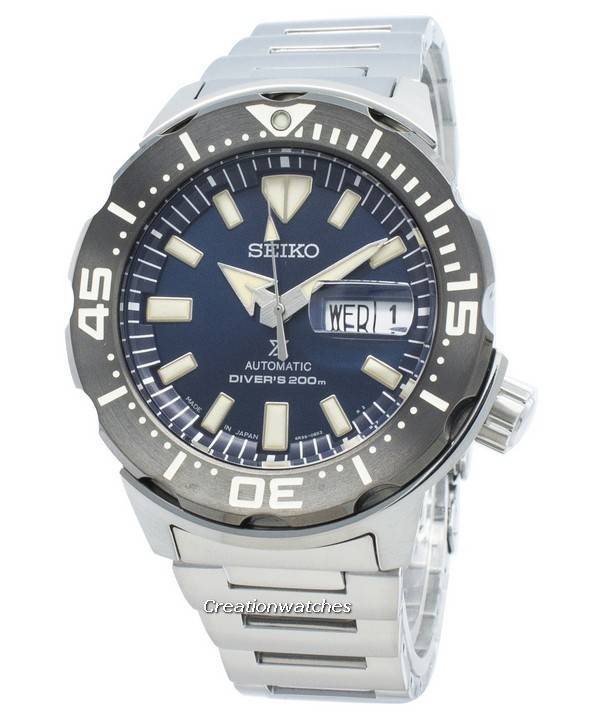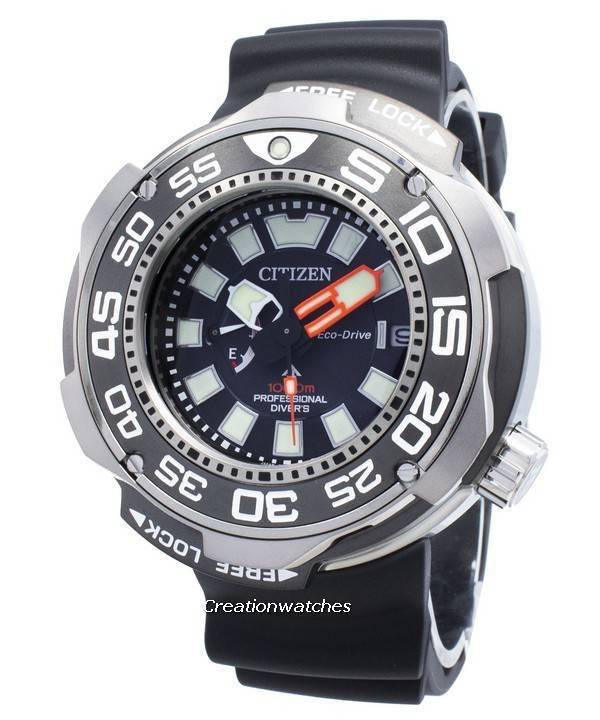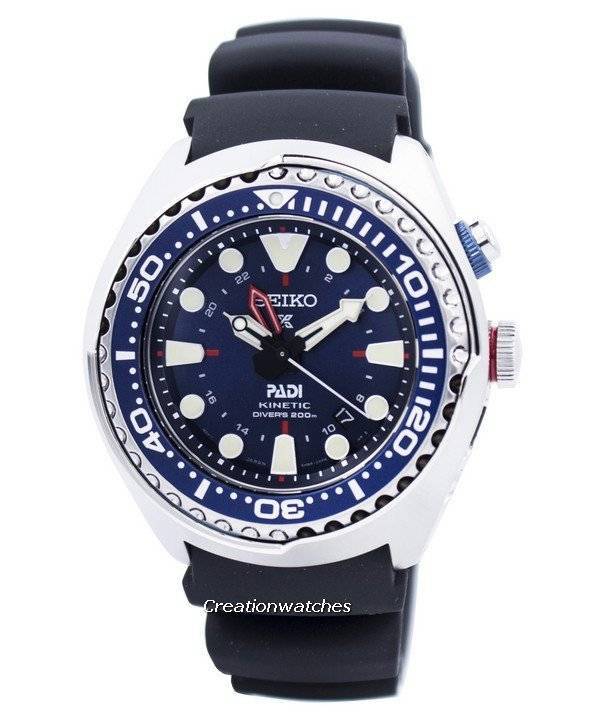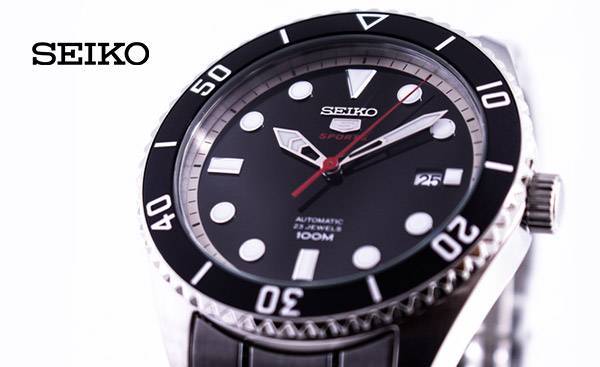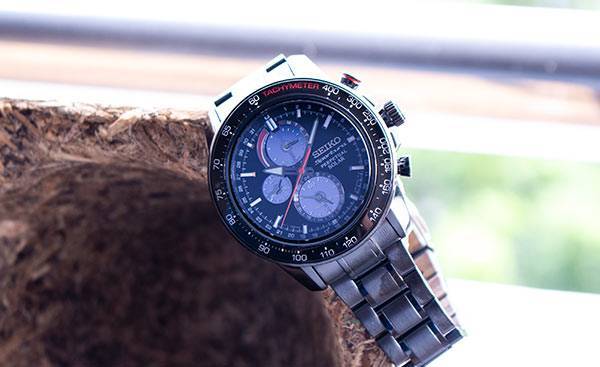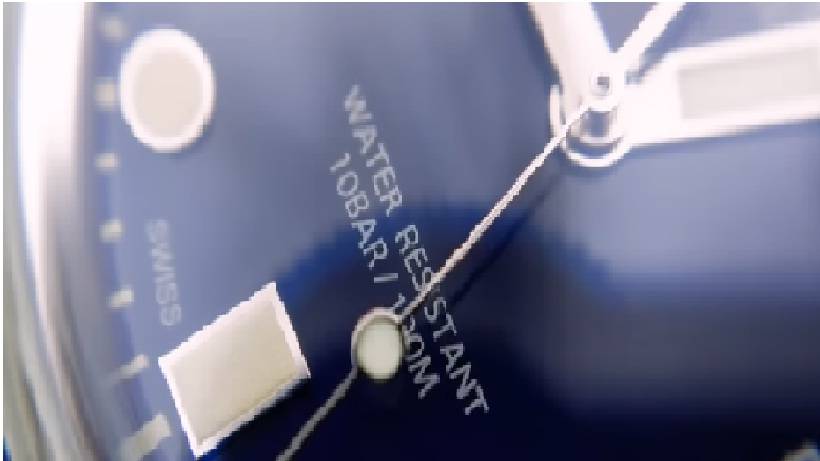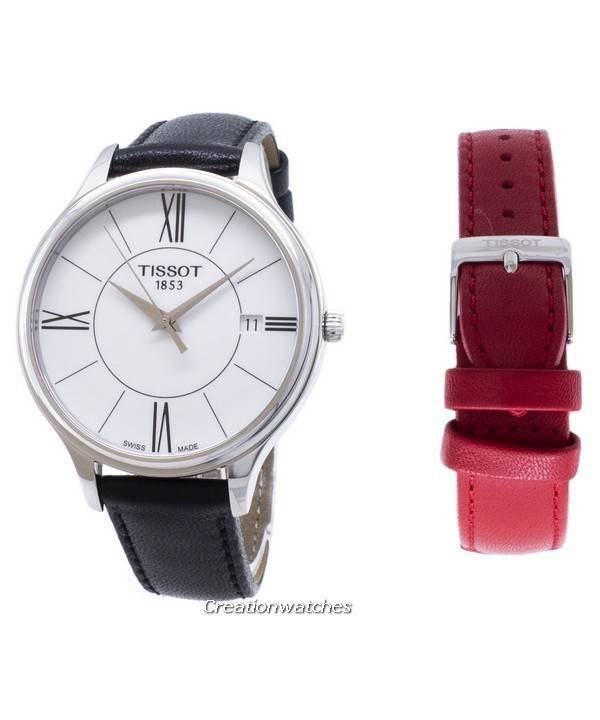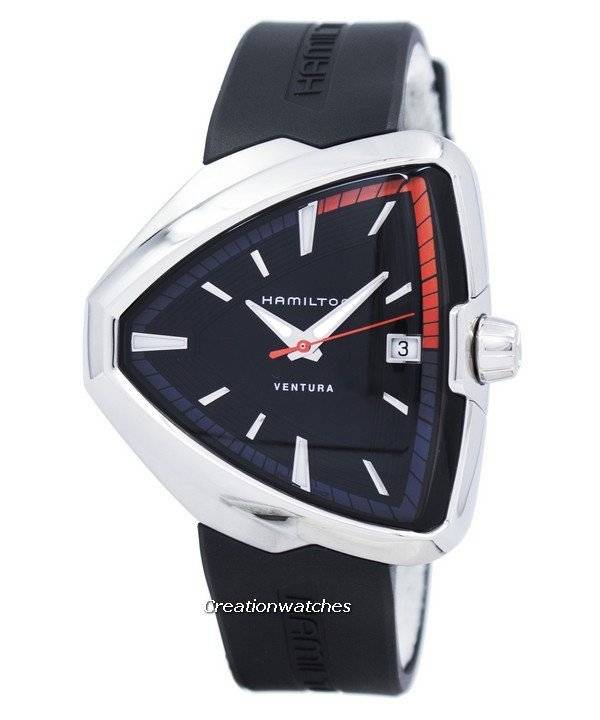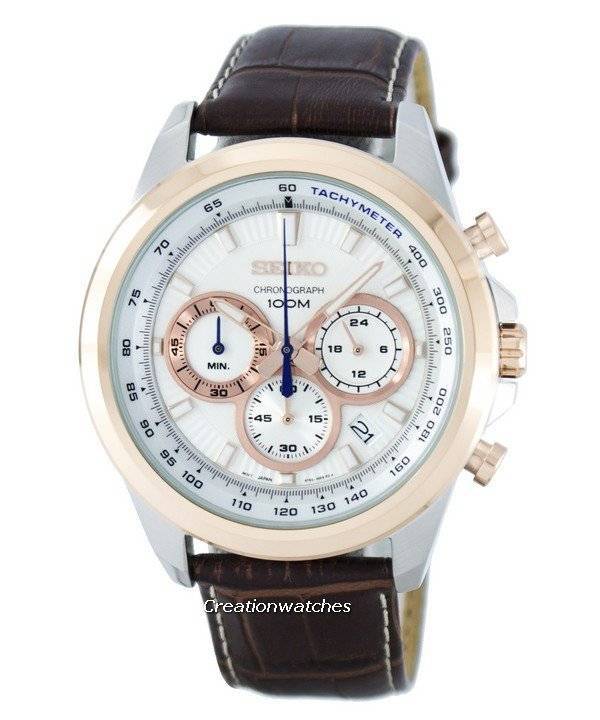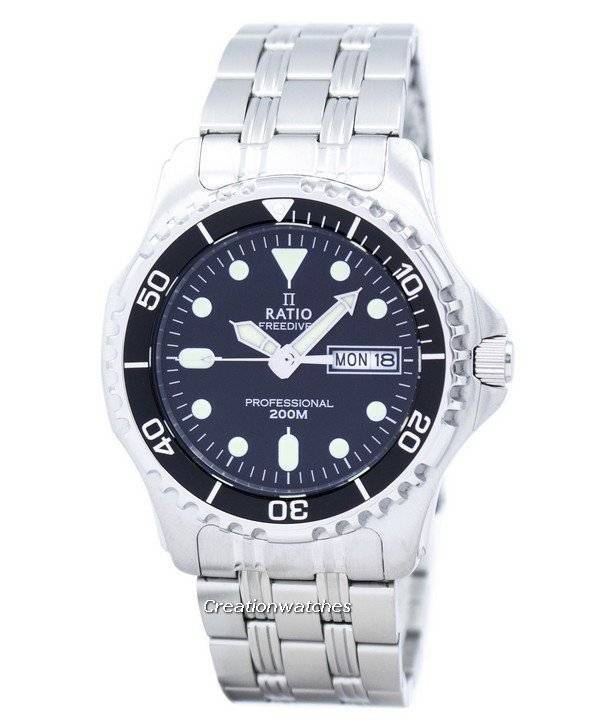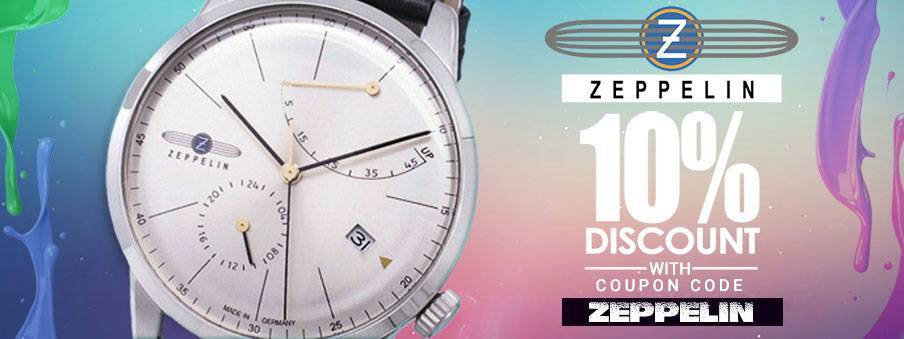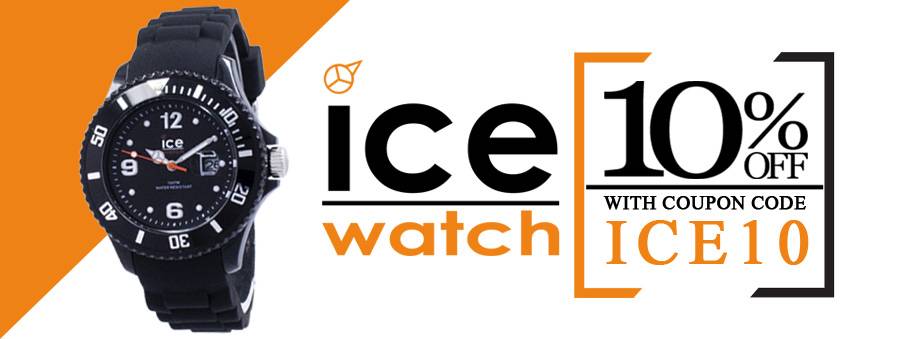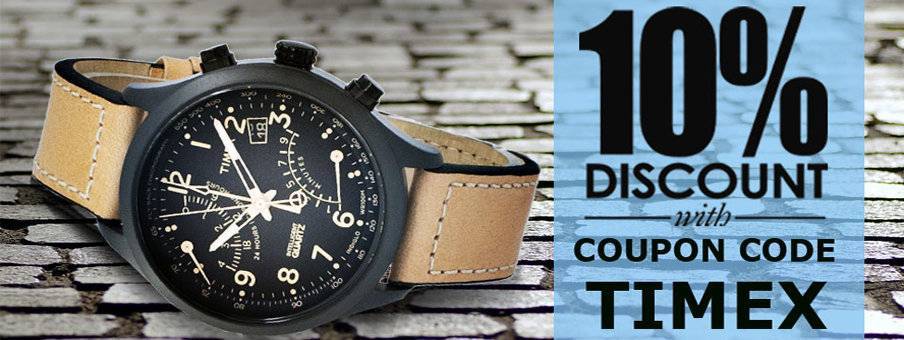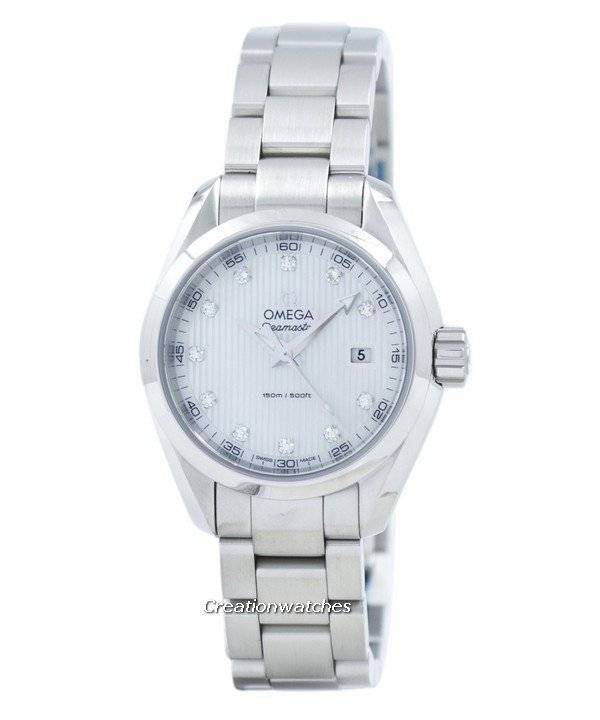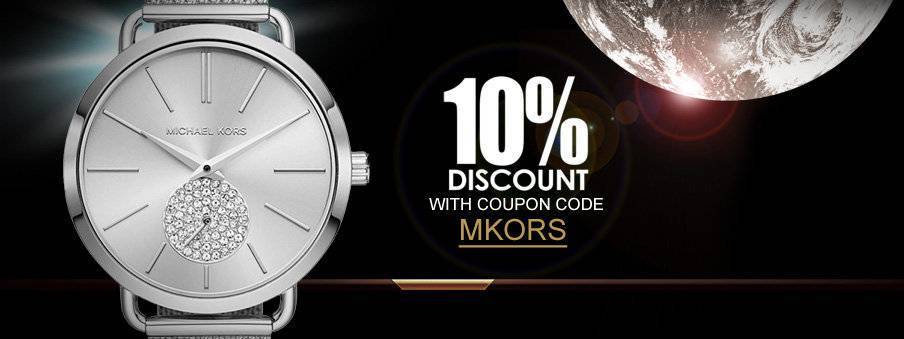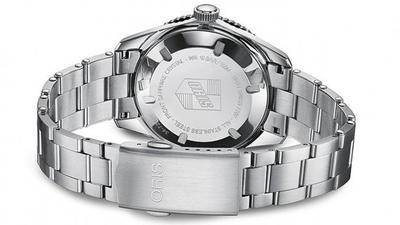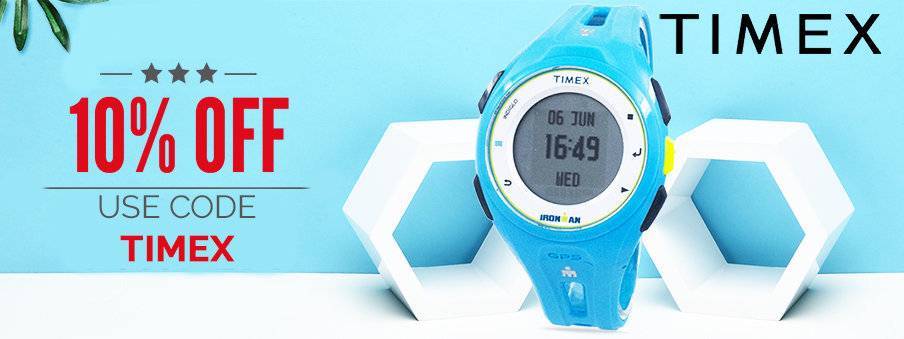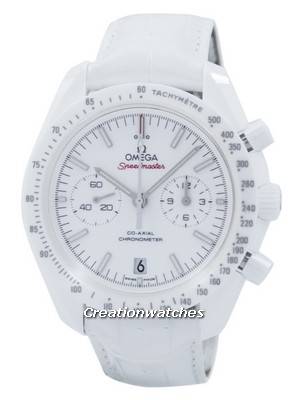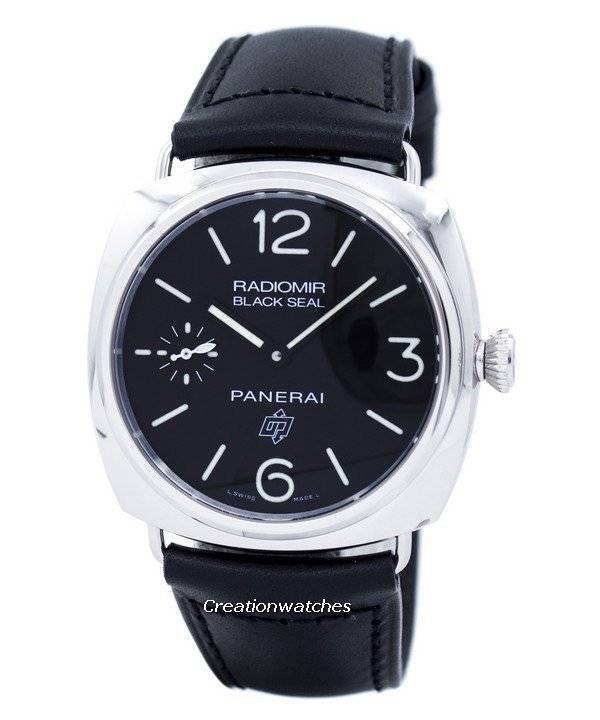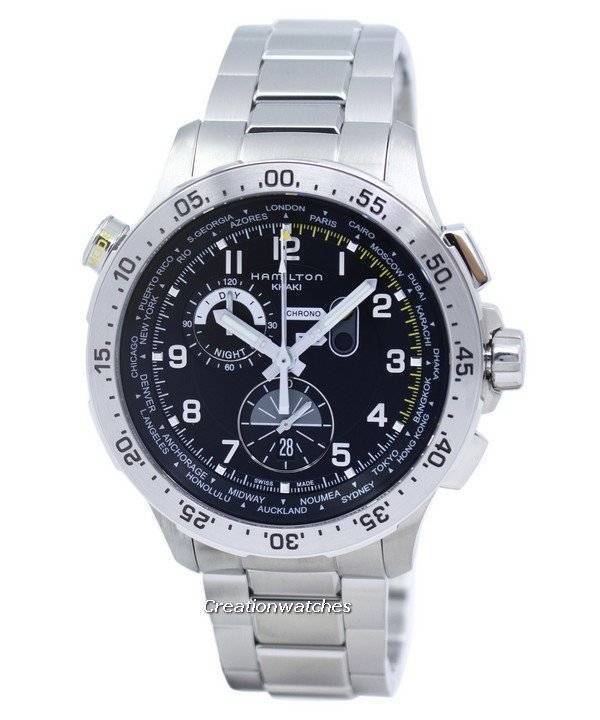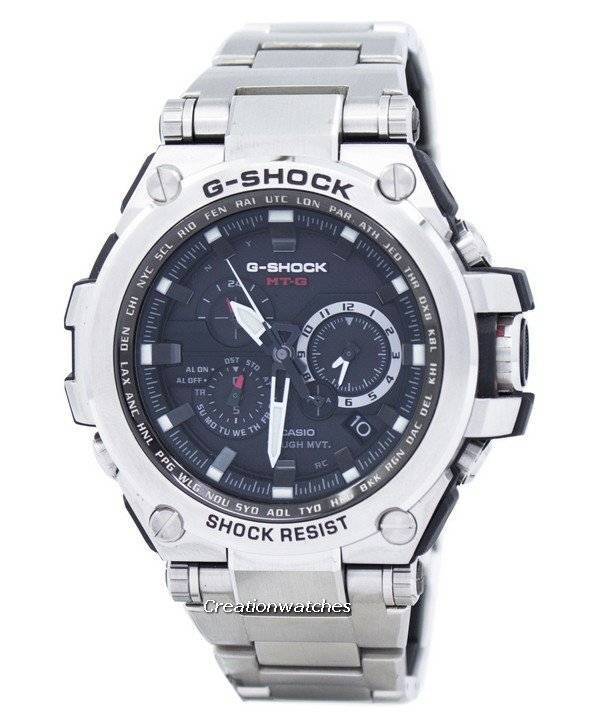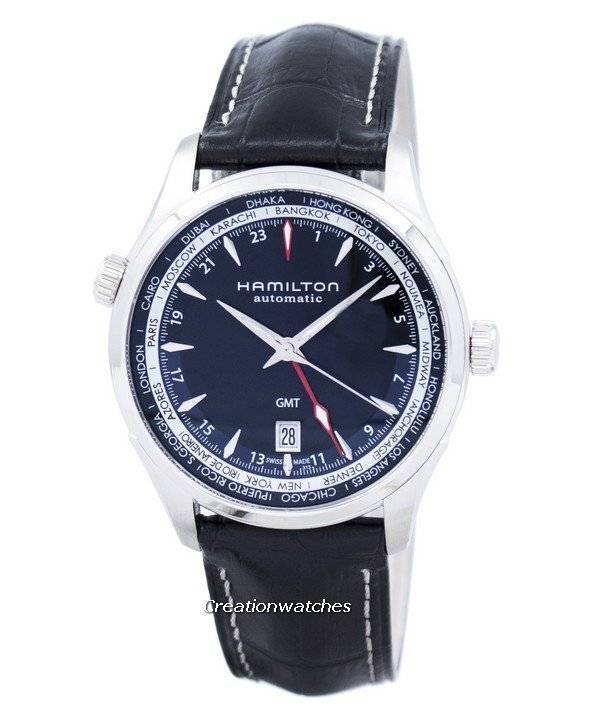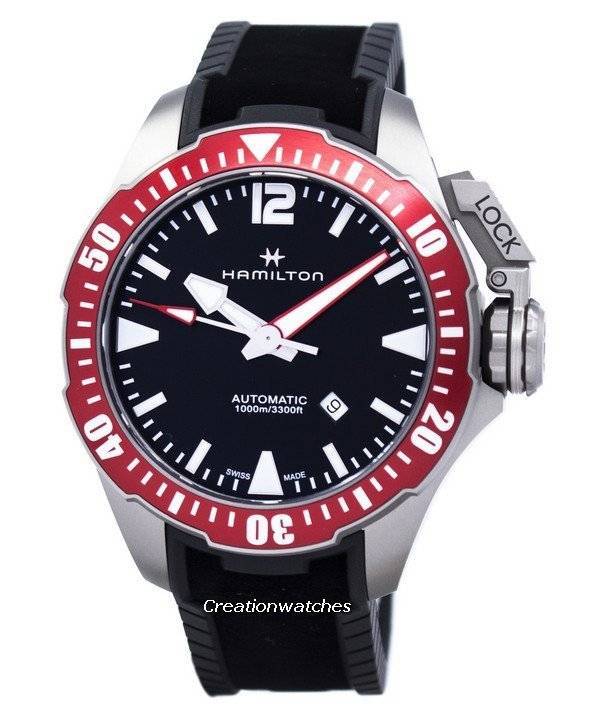Yes, it’s quite disheartening to some but that’s how it is. You cannot have everything in one package, so whatever little you get, you must get it good. The MM does it wonderfully, as wonderfully as swapping between metal bracelets and nylon bands. Given it is big and thick (and therefore, stands out on the wrist), it gives a good impression overall.
The Map Meter has its origins in the Atlas (e.g. the SKZ211), which was improved with a bigger watch case with a nicer polish and brushed finish. The Atlas had an all-brushed finish, which was esthetically inferior (a personal opinion); also the dial. The MM sports a nicer two-layer dial; however, not everyone appreciates its unique design. It’s just like you might honor the Marine Master for its specs but would never buy one. The MM too is not for the strictly urban crowd (unless you are into Feng Shui and similar other stuff where you need to determine directions every now and then). The difference is that you can’t take it to where you can take your other dive watches to. It is completely a land watch and should be perceived as one. If you need a dive watch, then this might come useful.
Both the compass bezel and the map meter (for measuring distances on maps) are great stuff to them who love touring on road. Sure, there are GPS devices but that’s plan A; there must be a plan B ready in case plan A fails.
Now, what if you come across occasional splashes, say, a dip sometimes? The Map Meter reads 200m, just like the Alpinist but plastic parts very much unlike it (say, as in the SKZ229K1 or the SKZ231K1). Now, that’s good plastic in a single piece and helps the MM not become extra-heavy; to absorb any extra shock and from a purely design standpoint, it adds some character to it. It also helps to keep the price low enough for the casual wearer to whom the Alpinist might not be the best choice.


















